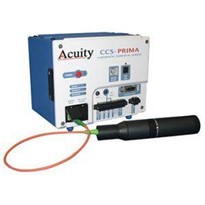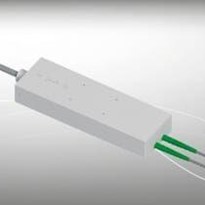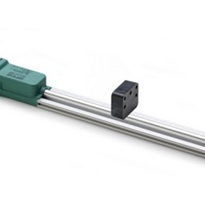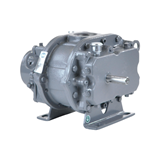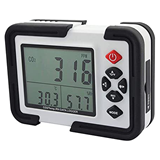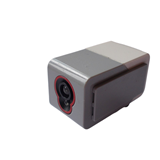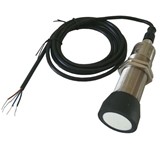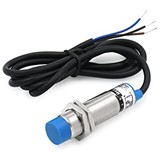The first thing you need to decide is the measuring range. Here are the different technologies you can consider based on the measuring range.
- Range of micrometre and less: Atomic Force Microscopes, Scanning Tunnelling Microscopes, etc.
- Range of some millimetre to some metres: Magnetostrictive, Potentiometer, Linear and Rotary Variable Differential Transformers (LVDT), Laser triangulation, Eddy current, Capacitive, Draw Wire, confocal, etc.
- Range of some metres to a few Kilometres: Time of flight lasers, Ultrasonic, Radars etc.
After determining the measuring range, you may have many other criterion to decide the type of displacement sensor to use. Here is a listing of some of the parameters to consider:
- Measurement Range
- Contact/Non-contact
- Accuracy and Resolution
- Frequency Response
- Media Compatibility and Environmental Protection: Corrosive, magnetic field, Petrol/Diesel, Plastic Melt, Indoor/Outdoor Use, Inside Electronics Enclosure, Submersible, Sea-Water/Salt-Water, High Humidity, High Vibration or Shock, Water Jet Cleaning, High Pressure Steam Cleaning, etc.
- Installation/Mounting limitation
- Output Signal (mV/V, VDC, 4-20mA, Digital, etc.)
- Electrical Connection (Pin connection, Cable length, wireless, etc.)
- Physical Size/Weight of sensor
- Temperature limitations: (Highest Media Temperature at Sensor, Lowest Media Temperature at Sensor), High Temperature, Low Temperature
- Max. Total Accuracy Over Temp Range
- Sensor Supply Voltage
- Shocks and Vibrations
- Lifetime
- Cost
- Other non-technical parameters (Quantity, Max Delivery Time, After Sales Services, support for long term needs, etc.)
MeasureX provides a wide range of magnetostrictive, LVDT and potentiometric displacement sensors for varied applications in many different industries. Generally, magnetostrictive sensors are excellent in accuracy and long-term dynamic applications and cover a range of 100mm to 7,000mm, but have a higher price compared to potentiometric sensors. Potentiometers come with better price and are suitable for non-dynamic measuring conditions. LVDTs are an excellent choice even for high vibration applications and cost a little more than potentiometers.


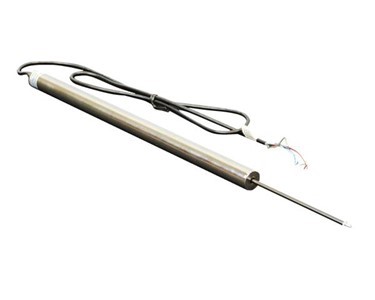
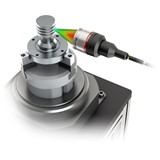



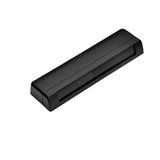
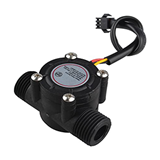
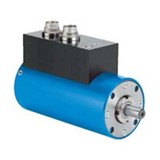
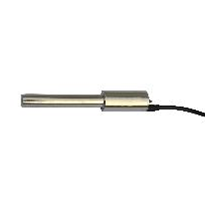
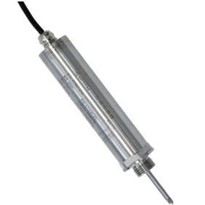

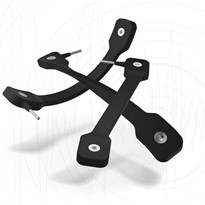
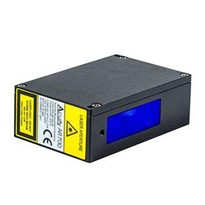
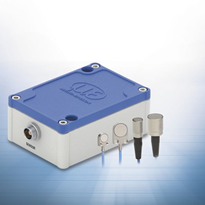
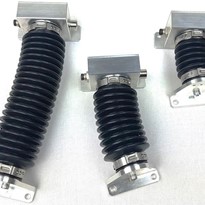
-205x205.jpg)
